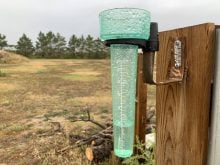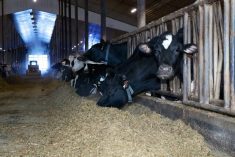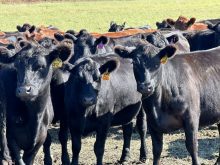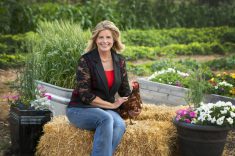Craig Shaw says that with smart planning, winter wheat can be a good addition to a rotation. Shaw has been growing winter wheat since 1997, seeding about 350 of his 3,000 acres to the crop.
The Lacombe-area producer says he grows winter wheat to spread farming duties and make better use of his equipment.
“The crop can usually be harvested in mid- August, so if you go a week later, you’re now into early barley, peas and those types of things,” he said.
“The rotation is a challenge. It’s hard to set up a rotation because the length of the season and when you get the crop in the ground has an impact.”
Read Also
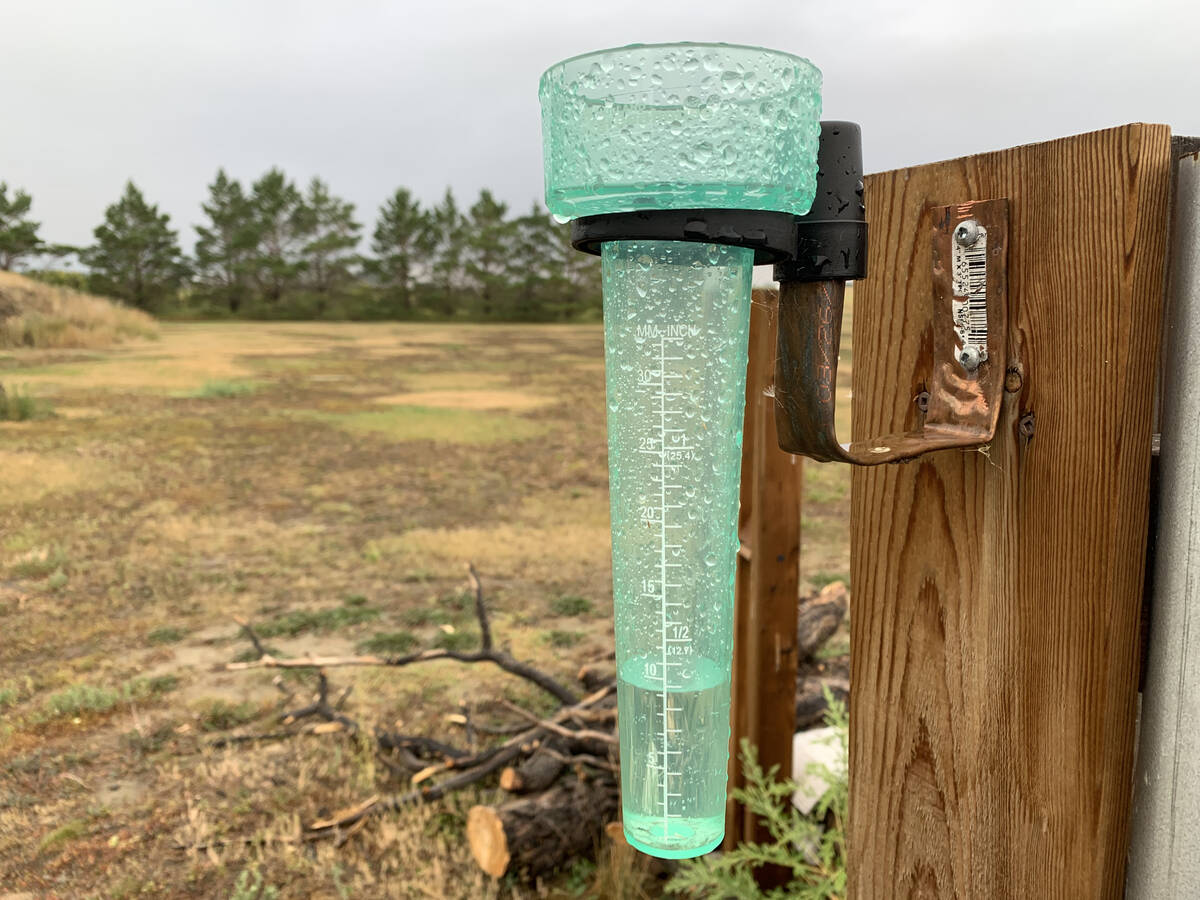
Western B.C., parts of Prairies received drought relief in October
Drought monitor for Western Canada for October
Winter wheat has a similar yield to CPS wheat, but that largely depends on how the crop overwinters. It also occasionally suffers damage in spring when the weather warms and snow disappears. That causes the crop to move back into a vegetative state, leaving it vulnerable to a return of freezing weather. That’s why flat fields are ideal for winter wheat. On a south-facing slope, snow may disappear too quickly, while north-facing ones that hold snow increase the risk of snow mould.
Winter wheat does well in wetter soils, and should be avoided on blacker ones. The crop grows well in standing stubble, and Shaw said he has found canola stubble to be the best. However, it might not be easy for producers to plant winter wheat at the appropriate time if they need to harvest late-maturing canola varieties.
Growing winter wheat on winter wheat is possible, but with a yield penalty.
“You definitely need to bring a fungicide if you’re growing winter wheat on winter wheat,” Shaw says.
Weed control is another benefit. Shaw says wild oats or volunteer barley are not problems in an even stand. Winter wheat, like malt barley, is susceptible to sprouting. Shaw uses a desiccant before he straight cuts at harvest.
Shaw is currently growing Falcon, which matures a week earlier than Radiant, his previous variety. Falcon is not a milling variety, and Shaw sells it right away to the feed market at harvest.
“The other side of that is to keep an eye on where the markets are in terms of pre-pricing or forward pricing,” he said. “You get it off, you move it, you’re not tying up bins. There are so many things going for it.”



